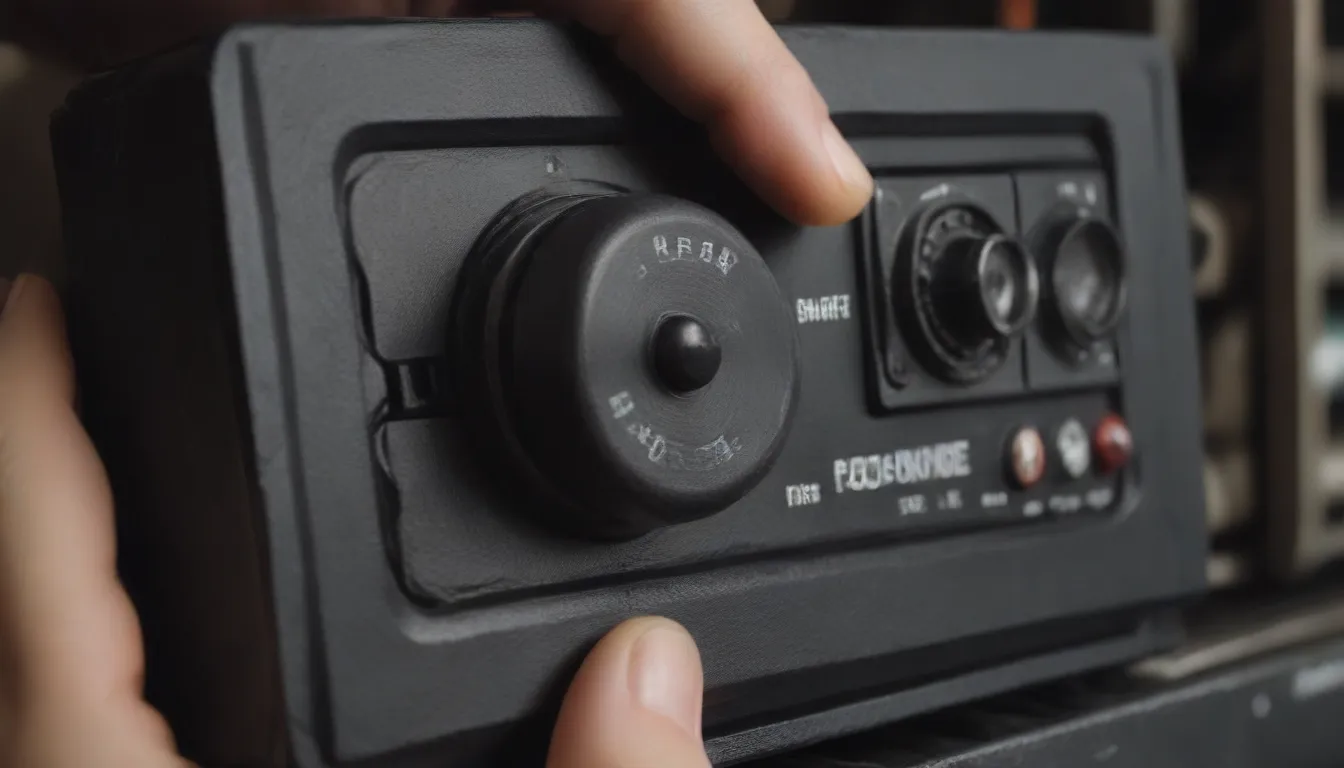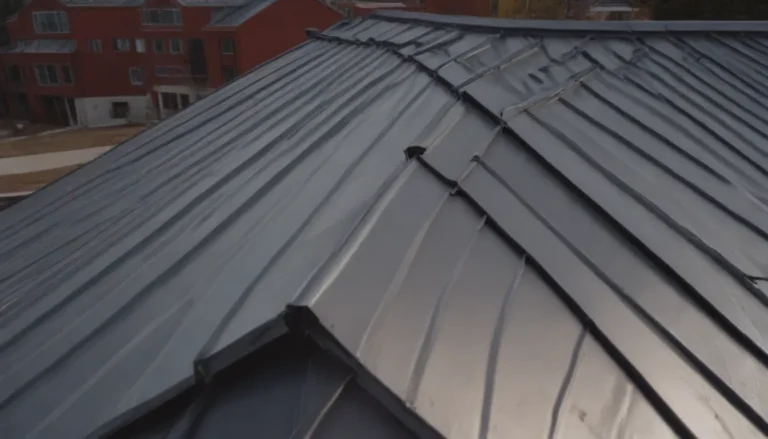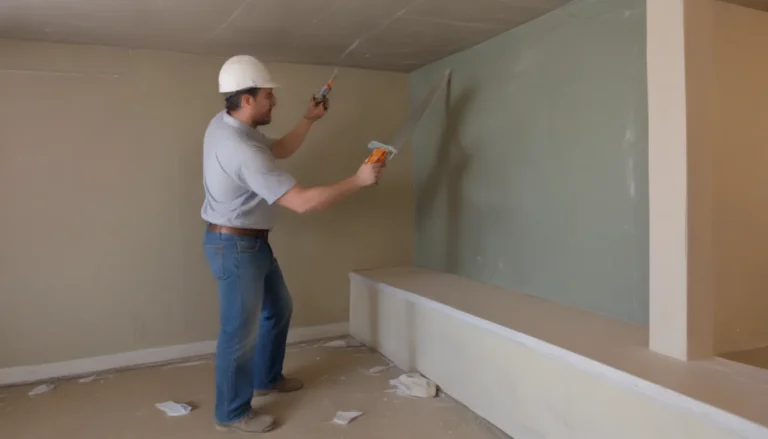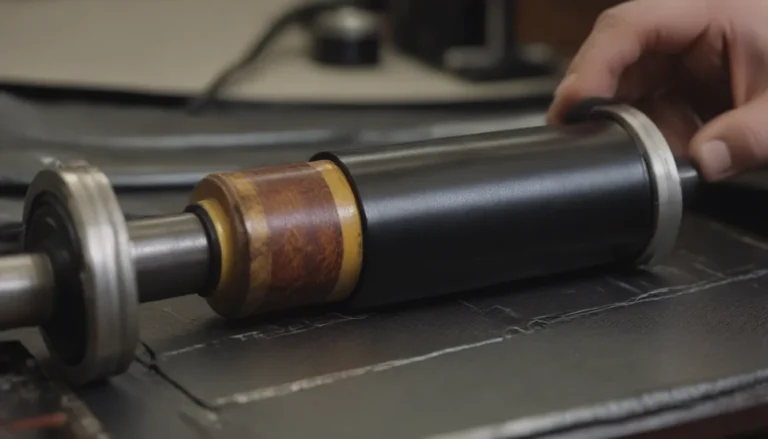Ultimate Guide on How to Use the Furnace Disconnect Switch

Welcome to our ultimate guide on how to utilize the furnace disconnect switch. This handy device is crucial for safely turning your furnace on and off as needed. In this detailed article, we will cover everything you need to know about the furnace disconnect switch, its functionality, different types, and why it is important for your safety and convenience. So, let’s dive in and explore this essential component of your home heating system.
Understanding the Furnace Disconnect Switch
The furnace switch, also known as the furnace disconnect switch, plays a vital role in controlling the power supply to your furnace. It is typically located within sight of the furnace and allows you to easily shut off the electricity to the furnace without having to access the main circuit breaker panel. This switch is a mandatory requirement in most building codes to ensure safety and convenience when servicing or repairing the furnace.
To operate the furnace disconnect switch effectively, it is important to understand how it works. A furnace is usually connected to a dedicated circuit, meaning that the circuit serves only the furnace and nothing else. The circuit is protected by a circuit breaker in the main service panel. The wiring runs from the service panel to the disconnect switch, and then to the furnace. By using the disconnect switch, you can effectively cut off power to the furnace when needed.
Types of Furnace Disconnect Switches
Furnace switches come in two primary types, each serving the same purpose of disconnecting power to the furnace. Understanding the different types will help you choose the right one for your specific furnace setup:
- Single-Pole Switch: This is the most common type of furnace disconnect switch, similar to a standard light switch. It must be rated for the voltage and amperage of the furnace circuit.
- Fused Disconnect Switch: Some older furnaces, especially oil-burner units, may have fused disconnect switches. These switches include a fuse and a toggle switch, allowing you to disconnect power by either unscrewing the fuse or toggling the switch.
Before selecting a disconnect switch for your furnace, make sure to check local building codes and manufacturer requirements to ensure compliance with safety regulations.
Importance of a Furnace Disconnect Switch
The furnace disconnect switch serves multiple purposes beyond just convenience. Here are some key reasons why having a disconnect switch is essential for your furnace:
- Safety: The disconnect switch adds an extra layer of safety by allowing you to easily cut off power to the furnace during maintenance or repairs.
- Convenience: Instead of having to access the main circuit breaker panel every time you need to shut off the furnace, the disconnect switch provides a more convenient and accessible option.
- Regulatory Compliance: Most building codes require a furnace disconnect switch within sight of the furnace to comply with safety standards.
By understanding the importance of the furnace disconnect switch, you can ensure the efficient and safe operation of your heating system.
Lockable Breaker as an Alternative
In some cases, a lockable breaker may be used as a furnace disconnect switch, although it is not recommended for new installations due to safety concerns. If your older furnace does not have a disconnect switch near the unit, you can check if the circuit breaker has a locking device. However, for optimal safety, it is advisable to have a dedicated disconnect switch installed for your furnace to avoid any potential risks during maintenance or repairs.
In conclusion, the furnace disconnect switch is a critical component of your heating system that offers both safety and convenience. By understanding its functionality and importance, you can ensure the efficient operation of your furnace while maintaining a safe environment in your home.
I hope this comprehensive guide has provided you with valuable insights into the proper use of the furnace disconnect switch. If you have any questions or would like to learn more, feel free to reach out to us. Stay warm and safe!





